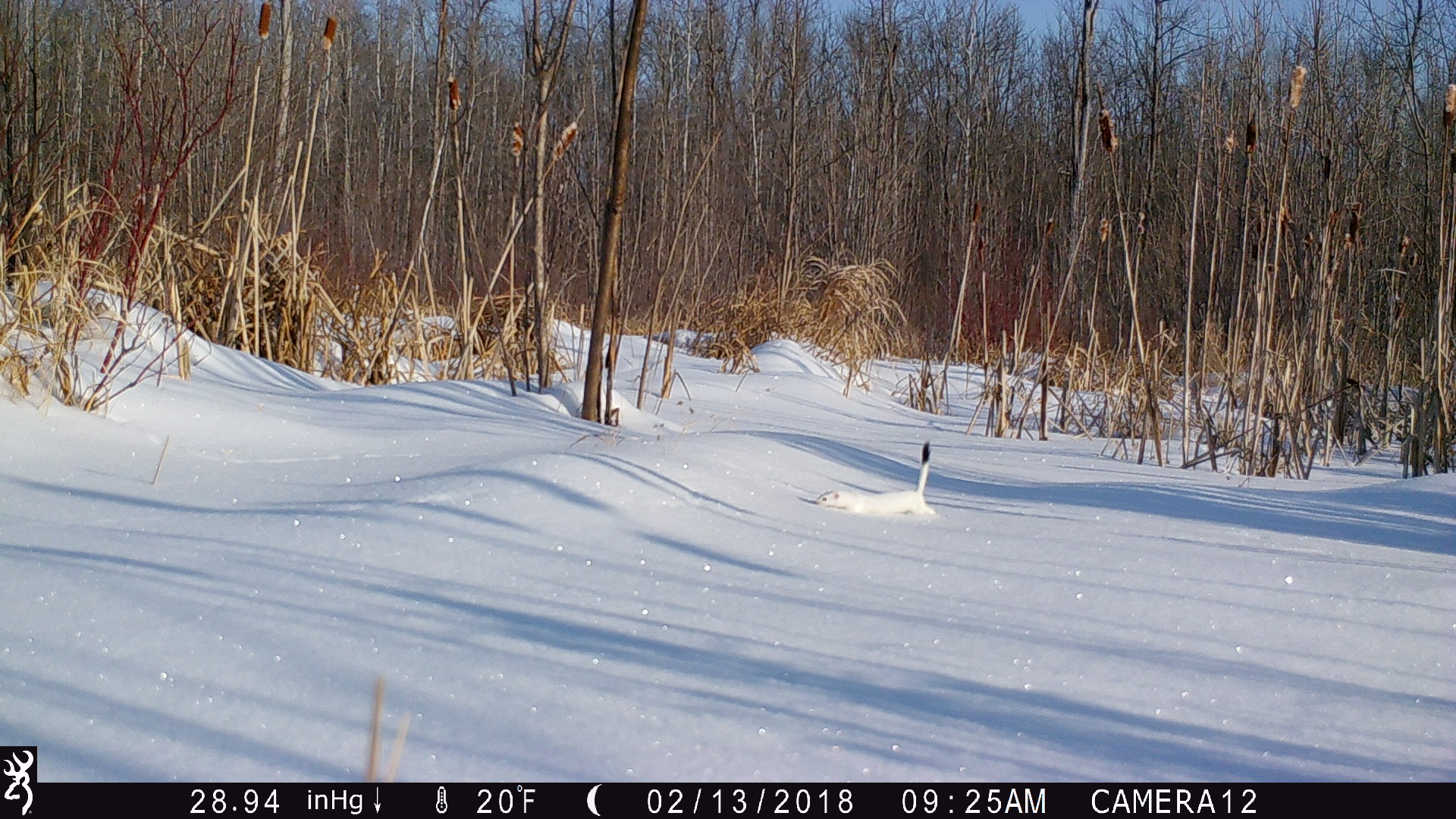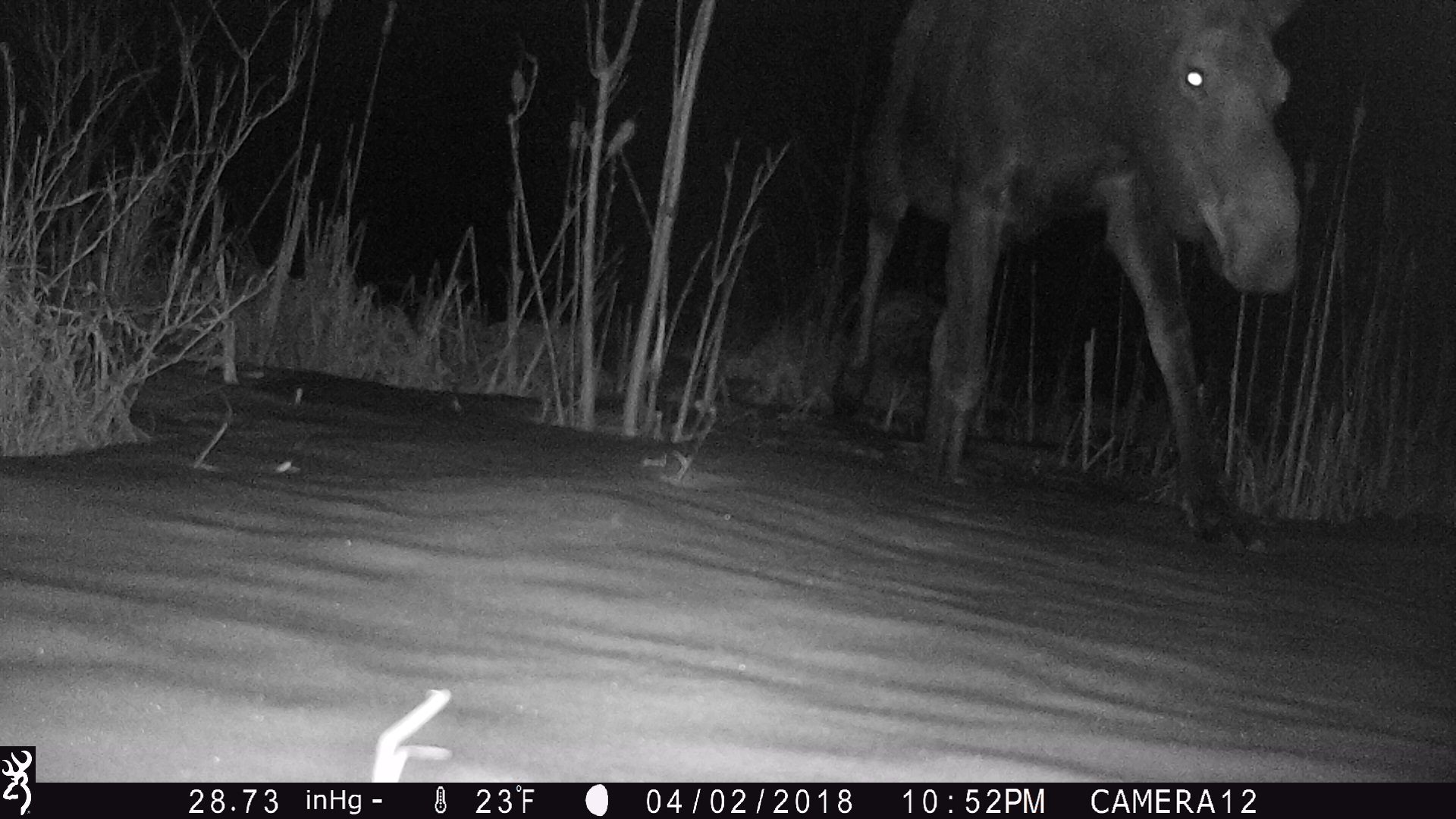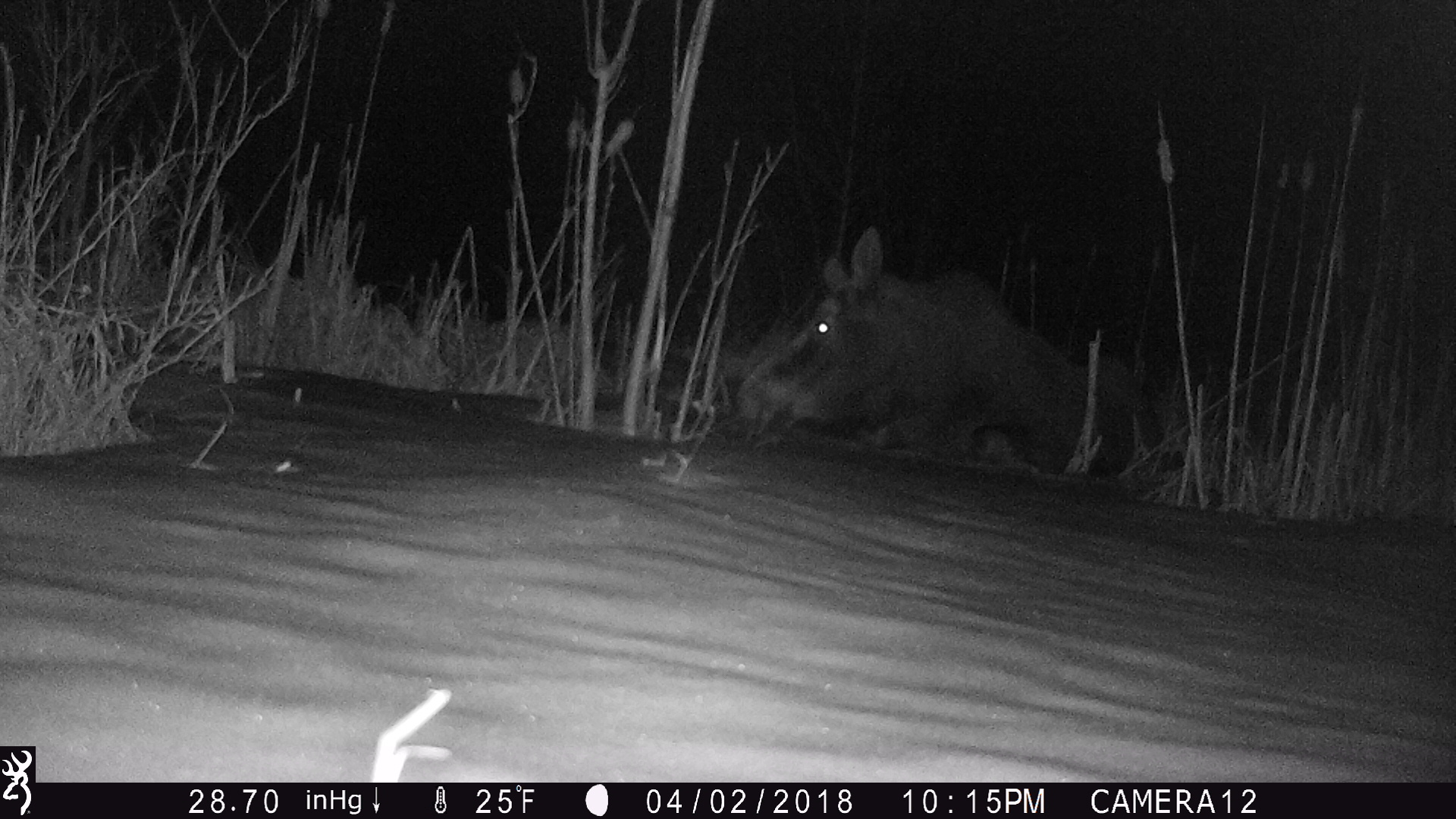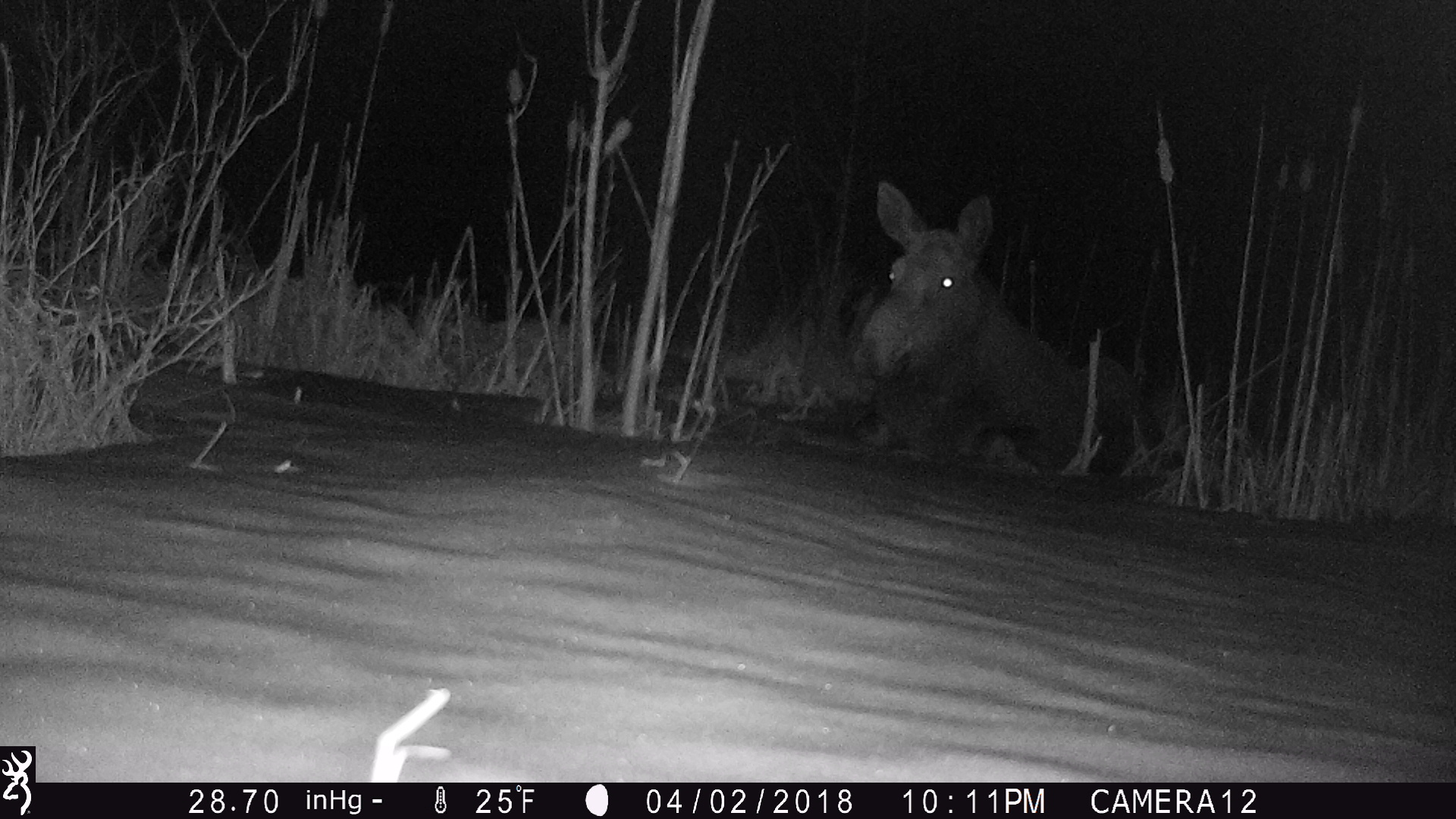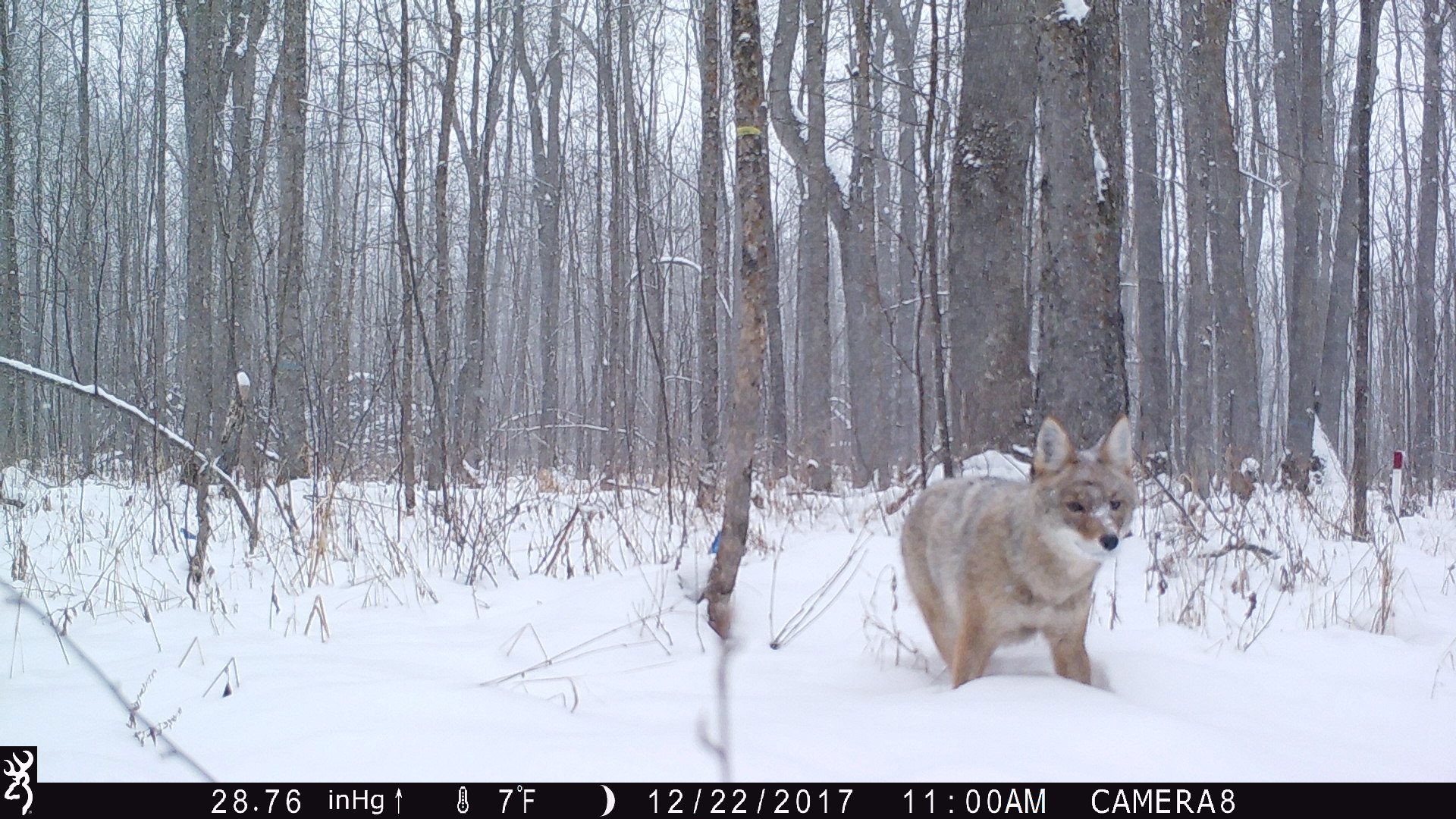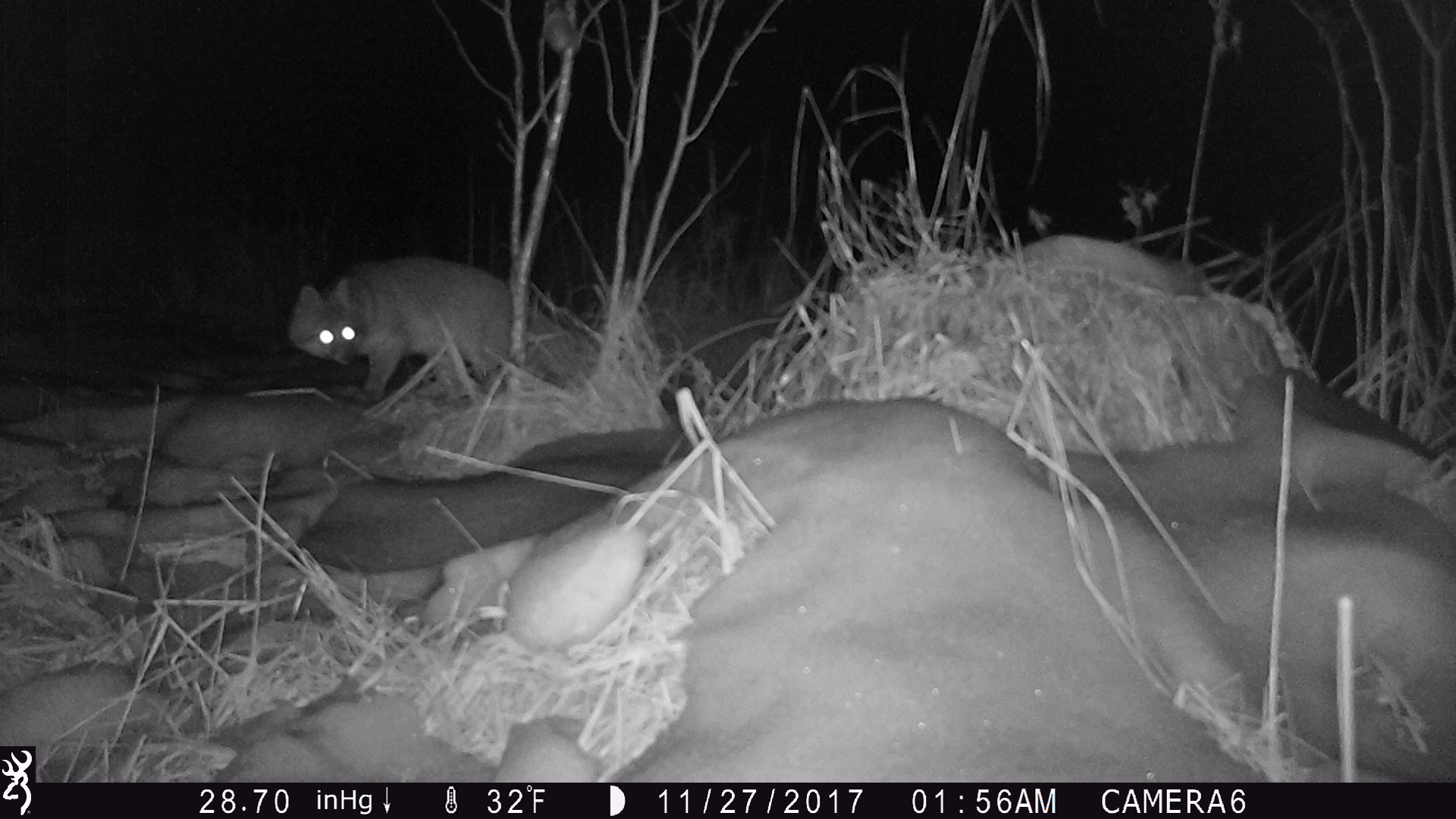Emerald Ash Borer Infection Impacts on Wildlife Project
This project will examine the impacts of emerald ash borer (EAB) and adaptive management on bird, mammal, and herptile diversity in Minnesota's black ash forests. Black ash swamps cover over one million acres of northern Minnesota and provide critical habitat for wildlife. The future of Minnesota's black ash swamps is critically threatened by EAB, which has been destroying native populations of ash throughout the Great Lakes Region. In October 2015, EAB was confirmed in Duluth, the doorstep of black ash in northern Minnesota. Loss of this forest type following EAB infestation will have significant impacts on wildlife. This project will yield critical information for anticipating impacts of EAB on wildlife diversity in northern Minnesota.
The goals of this project are to:
1) Provide baseline information to assess existing conditions and establish a long-term monitoring program for wildlife communities in black ash forests to support future monitoring efforts as EAB spreads;
2) Evaluate the effects of mitigation and adaptation strategies on wildlife communities under simulated invasion scenarios to quantify long-term impacts on species diversity; and
3) Identify vulnerable wildlife species and develop recommendations and strategies to maintain biodiversity.
We will use a number of methods across several taxa to achieve these goals. Methods will include bird and amphibian point count surveys, digital audio recording for owls, small mammal live trapping, and camera trapping for large mammals.
Camera trap methods:
We will place camera traps in eight clear-cut black ash stands and eight control black ash stands (one camera per stand). The camera trap survey window will be Dec 2016 - March 2017 and Dec 2017 - March 2018. Traps will be baited with chicken lags and salmon oil.
Project Caveats: No detection distance recorded.
The goals of this project are to:
1) Provide baseline information to assess existing conditions and establish a long-term monitoring program for wildlife communities in black ash forests to support future monitoring efforts as EAB spreads;
2) Evaluate the effects of mitigation and adaptation strategies on wildlife communities under simulated invasion scenarios to quantify long-term impacts on species diversity; and
3) Identify vulnerable wildlife species and develop recommendations and strategies to maintain biodiversity.
We will use a number of methods across several taxa to achieve these goals. Methods will include bird and amphibian point count surveys, digital audio recording for owls, small mammal live trapping, and camera trapping for large mammals.
Camera trap methods:
We will place camera traps in eight clear-cut black ash stands and eight control black ash stands (one camera per stand). The camera trap survey window will be Dec 2016 - March 2017 and Dec 2017 - March 2018. Traps will be baited with chicken lags and salmon oil.
Project Caveats: No detection distance recorded.

